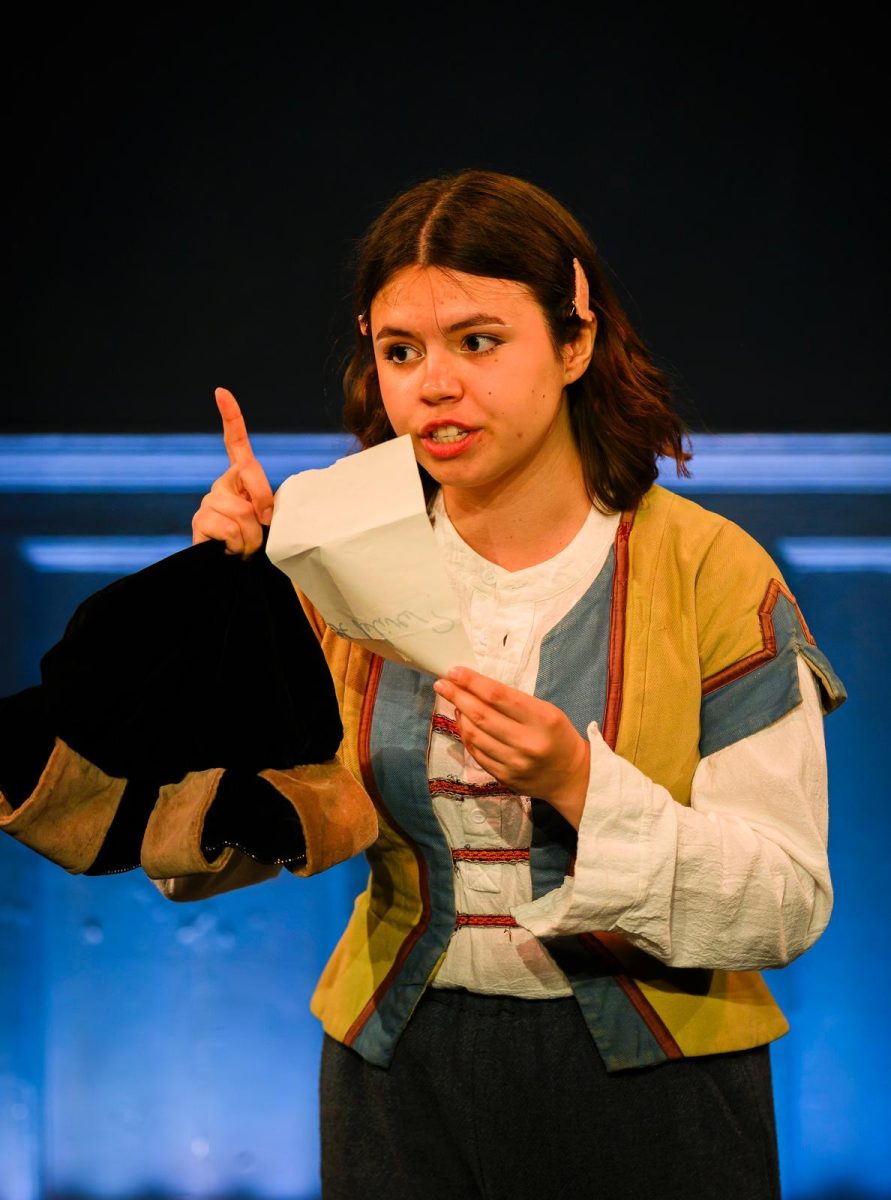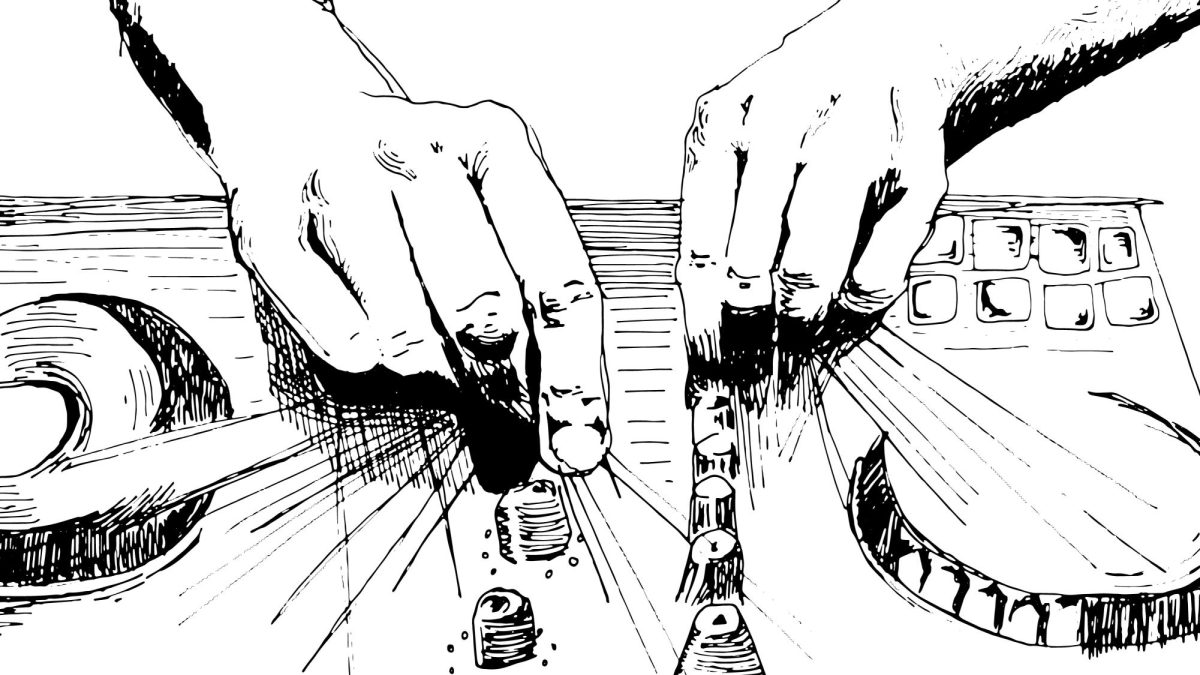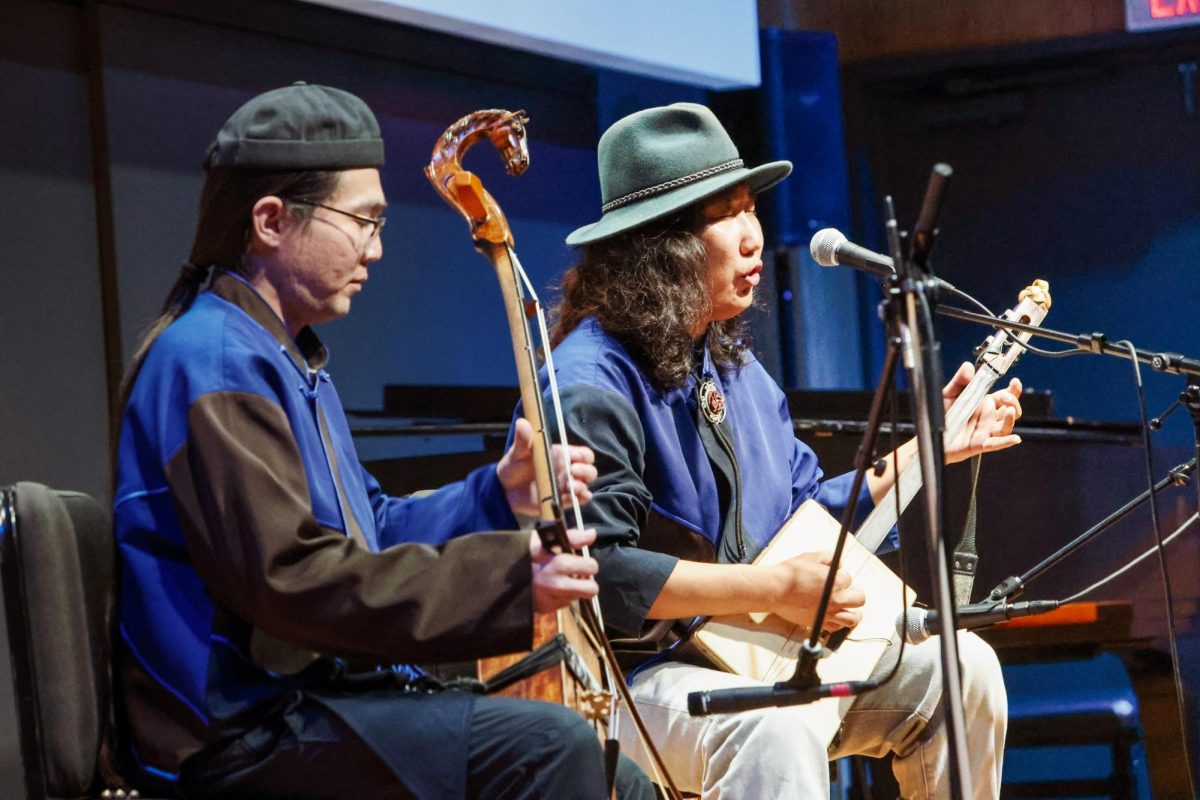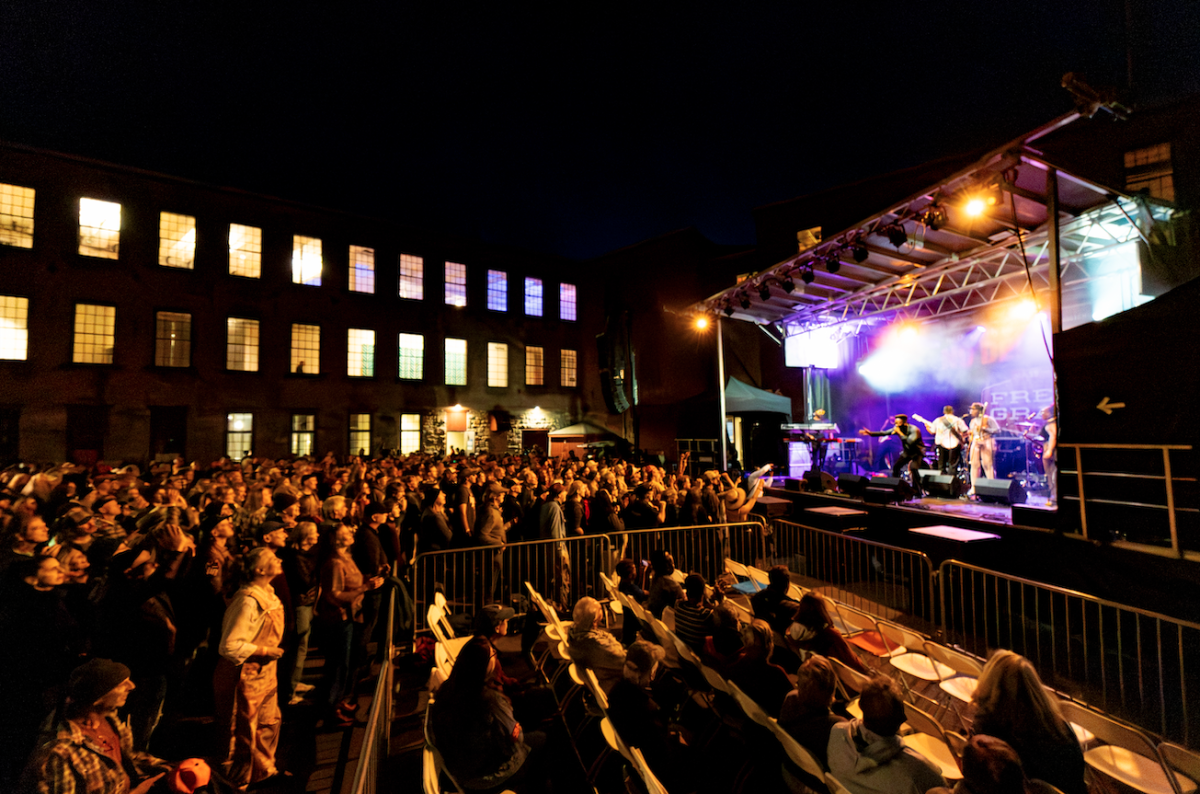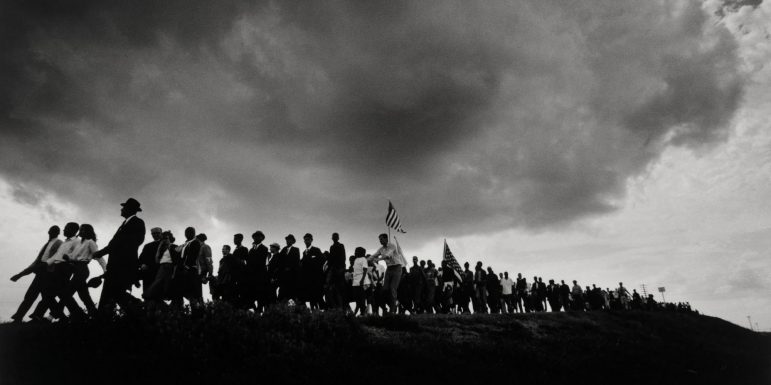
Following the murder of George Floyd at the hands of police this year, and as a response to the ongoing protests against police violence and institutional racism that continue to plague the United States and the world at large, President Maud S. Mandel sent out a statement to the College community, expressing the College’s solidarity with the protests. Her statement was followed by several other letters by a number of departments, clubs and organizations on campus, including one released on May 31 by the Williams College Museum of Art (WCMA).
The letter, which was posted directly onto their website, expressed the museum’s solidarity with nationwide protests and their belief that “Museums can be agents for social justice and progress” which they viewed as “values central to [their] mission.” This original letter, although pledging their support, disregarded the violent relationship that museums have historically had with Black, Indigenous and other communities of color, whose art, culture and history have often been stolen and exploited for the benefit of white museum-goers. Furthermore, the letter also made no mention of the lack of representation of Black people in the artistic field, both as artists and as workers within the museum industry.
On July 1, shortly after the release of their original statement, WCMA released another, longer letter, titled “In Solidarity for Justice,” available on its own separate tab on their website. The new letter expressed the museum’s continued support for the Black Lives Matter movement, outlined issues in their practice and the ways in which the institution must work to address them. They also pledged to take several steps to combat institutional racism in their practice by instituting measures such as hiring more staff and curators of color, acquiring art by Black artists, diversifying their programming and exhibitions to uplift Black voices, furthering conversations about racial injustice and evaluating the museum’s history and practices regarding art collection.
Although their newest effort was much more comprehensive than their first letter, the museum’s second letter is a first step in addressing museum culture’s complicated history with exploitation and systemic racism. In the case of WCMA, a quick overview of museum staff demonstrates that out of 29 staff members there are just five staff members of color, and only three women of color holding titles. Furthermore, previous exhibitions and programming in the past, as well as their permanent collection, have predominantly white artists.
Taking into account WCMA’s statement and goals to work toward combating racism in the museum and art industries, it is rather disappointing that their upcoming fall online programming, scheduled for the close approaching Sept. 17, and titled “New Ecologies: Art Outdoors,” features sculptures from only white artists. While the new exhibition was pre-scheduled programming, it is discouraging to see that as summer has elapsed and as a new school year begins, the only art programming available for student and community enjoyment features no artists of color or queer artists, which the museum promised they would work toward in both letters. An even deeper look into the museum’s website also showed that a quick browse through the museum’s section on their history also shows no move to address and re-examine the museum’s earlier history and its connection to the United States’ larger history with systemic racism and artistic erasure.
WCMA’s commitment to addressing the racism inherent to the museum industry and the museum’s very existence as a whole is a step in the right direction. But the hypocrisy in their statements lay in the museum’s recent programming and current website do not seem to reflect the shifts they claim to be making toward racial justice. If WCMA hopes to address their own racism in ways that are concrete and continued, then their actions must continually reflect their words.




